The Ladder Truck
The back end controls are called the “tiller” hence the back driver is the “tillerman.” That’s where they started me, not in the driver’s seat. I think it was supposed to give you some good idea of how the driver can really mess up the tiller by doing the wrong thing. The rig I drove had a 100′ ladder on it and was about 50′ in overall length. Not the biggest out there, but good sized. And the outriggers (the big feet that keep the ladder from tipping over the truck when extended) we had were all manual, you had to pull them out and thread the feet down. It did have hydraulic suspension locks and those really helped stabilize the rig. The ladder was just that — a ladder, no bucket at the end.
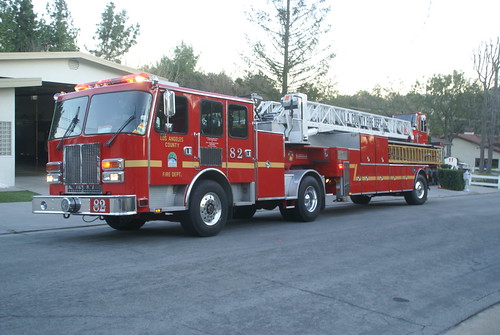
The Tiller
The tiller’s position was open on our truck (this was Davis, CA so the weather really wasn’t ever that bad) and it had a windshield in front with a wiper on both sides. That was kind of funny. The steering wheel was pretty normal but the horn button didn’t honk the horn, it completed the starter circuit. The idea was that you were supposed to climb up, strap in, and then hold down the horn button. This did two things, it completed the starter circuit and it lit a light on the driver’s dash and was essentially a way of saying “I’m ready.” Once you did this a few times you learned that a lot of drivers would get themselves ready and then just hold down the starter button (no keys in these things). Then as soon as the tillerman hit the button you’d hear the motor start to crank.
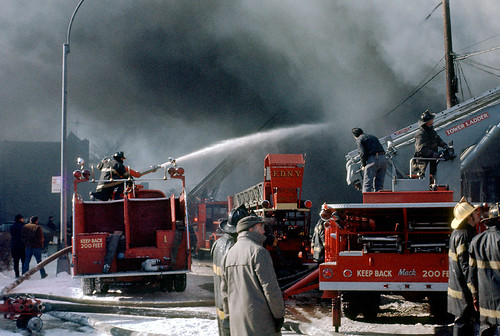
Fire Engine Motor
Oh, and those motors were seriously powerful. 2-stroke Detroit Diesels with superchargers. Called an 8V92 which meant a V-8 configuration, 92 cubic inches per cylinder. Big, powerful, light, polluting, etc. They shook the whole building when they started. Just awesome power, got your heart racing right away. I think they started my love-affair with diesels. To me diesel exhaust smells like adventure.
[youtube]http://www.youtube.com/watch?v=woIz8KDvr7o&feature=youtu.be[/youtube]Driving the Tiller Truck
So, driving the rig… We didn’t have an intercom. This was the early 1980′s. The truck itself, I think was a 1968 model. The open back and the low quality of the voice systems at the time meant they were not very reliable. We had three ways to communicate, all non-verbal.
- I could see right through the cab’s rear window at the driver which meant I could see hand signals.
- On my dash were small lights on the right and left connected to the vehicle’s turn signals.
- Lastly, we had a buzzer. The buzzer had a foot switch and was both a warning and heads-up signal. One meant stop. This was subtle or panic. One quick tap meant I wanted him to stop, holding it down meant panic stop (I could see a lot more than the driver could). Two meant we’re going forward, three, back. So, for example, we’d approach an alley that the driver wanted to back down, he’d tap the buzzer three times and sometimes point. That would tell me that he wanted me to back down that place. Obviously, when backing the tillerman is suddenly in charge and can either do a perfect job or hopelessly jackknife the thing. It also meant you could fit that rig down narrow paths that would stop a non-articulated truck half this length.
Steering the Tiller Truck
When driving forward, some people would say the tiler steers “opposite” of the driver. That’s only half true and depends on how you look at it. If you held the tiller wheel straight then the rig drove like a semi truck trailer. Anyone who’s driven those or been around them you know that they have to swing wide when making a sharp right or left turn. With the tiller, the tillerman can compensate for that and make the turn much sharper. Think about a right turn, the driver turns right. In doing so, he pulls the trailer right, possibly toward a curb or other object. The tillerman then turns his wheel left to pull the trailer out away from the obstacle, thus “opposite” the driver’s action.
The way I used to think about was that I had a vehicle with a REALLY long hood, essentially everything in front of my windshield up to the joint between the tractor and the trailer. The view then is if you want your hood to go left, you turned left. Yes, your driver may have been turning right, but it felt very natural.
A few dozen hours back there and you got pretty comfortable with it. After a few hundred, it felt like the most natural thing and the more you worked with a specific driver, the less you even worried about the buzzer — you just kind of knew what each other wanted to do. That’s when the fun really starts.
-John (@lowCO2)


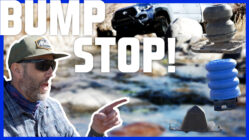
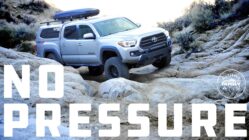
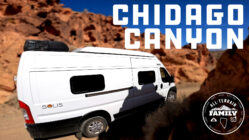
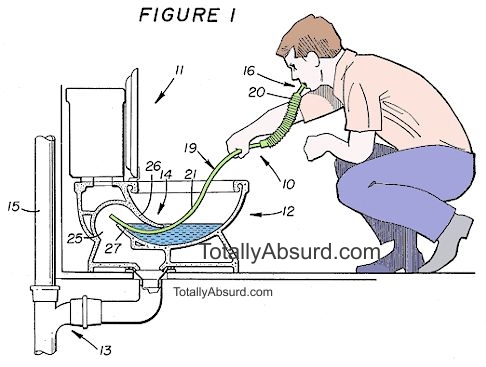
Add comment